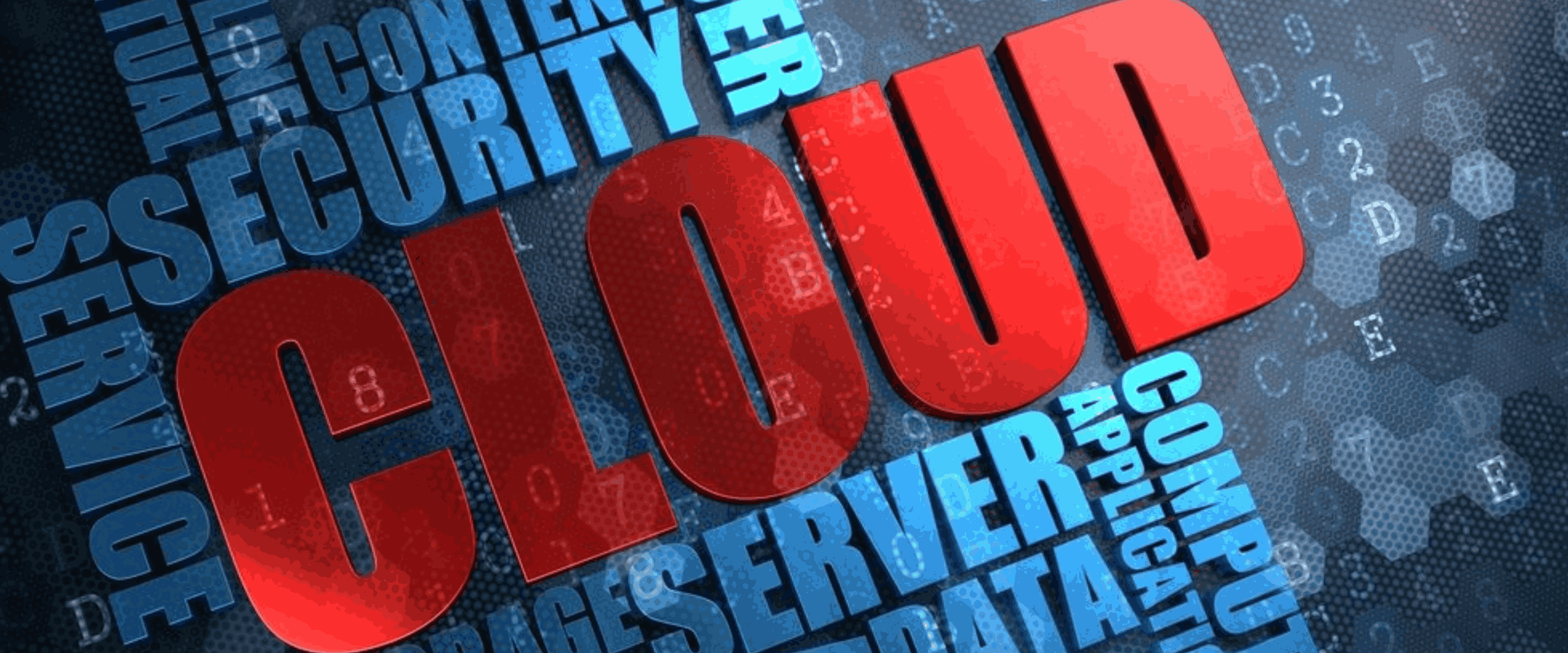DevSecOps (development, security, and operations) provides an integrated approach to developing new platforms and delivering robust and secure applications. It helps in the infusion of security into every phase of the software development lifecycle, eliminating any kind of silos and upholding a holistic model.With an increase in sophisticated cybersecurity attacks and an elevation in the frequency of application iterations, modern organizations have started implementing DevSecOps as a go-to approach for enhancing the security of their development ecosystem.
DevSecOps best practices
The DevSecOps best practices that can transform your entire IT infrastructure are:
- There should be a continuous integration and continuous deployment (CI/CD) solution that can help to check for any security errors in every step of the development process from build to deployment.
- The continuous delivery of code and its deployment should come with transparency.
- Risk analysis reports framed for any project should be shared before the project lifecycle initiates. It will help the team design a better architecture and foster the addition of security protocols.
- Concurrent plans should be developed to allow the R & D team of any organization to develop security models that can suit application production and sit perfectly within the platform’s framework. It can design plug-and-play models fitted with a framework to enhance the security system.
- An integrated testing approach should be adopted. The integrated testing model needs a holistic circle that includes Unit, API, Database, Front-end, and Back-end testing, etc., to detect bugs earlier.
- Knowledge of security-based coding should become a mandate. Therefore, the R&D teams of IT firms and data organizations will need to develop enhanced libraries to add security architecture to the system easily.
DevSecOps trends
The latest DevSecOps trends that organizations need to adapt include:
- Shift Left automation & adaptation:
Whenever a project is planned, the team should focus on bringing the security development shift to the left so that holistic development takes place instead of working in silos.
Additionally, automation will enable an automatic code review to detect any vulnerabilities. This cognitive and adaptive process will help ensure the product team understands future risks and security vulnerabilities.
- Runtime Application Self-Protection (RASP):
RASP senses the system in runtime using the instrumentation model to detect attacks by reading and understanding the internal information running codes and devices. Using dynamic testing (testing during runtime) techniques and integrating Interactive Application Security tools with RASP strengthens the organizations’ security system.
- Threat & risk analysis:
It is necessary to identify, analyze, and mitigate any threats and risks that may hit the entire organization, which, in turn, may dismantle the complete infrastructure. Threat analysis will help the team understand the vulnerabilities existing in the current system much better. A UI-based dashboard will provide better visualization of such assessments. The smart threat engines will help bolster the entire product to update protection.
Risk assessment using a Risk analytics tool will help to understand the magnitude of risk associated with a product and the impact it will have on an organization’s business in case of a security breach.
- Protection of cloud infrastructure:
Cloud Infrastructure, especially public cloud infrastructure, needs more focus. Any dent may decrease the users’ trust and confidence in storing data in the concerned public cloud system or not.
DevSecOps benefits
If you are still wondering how DevSecOps benefits large-scale projects, then check out the following points:
- It reduces the organization’s costs for detecting and fixing security errors. Developers who make the product now are required to learn security skills that construct a protection sheath around the production.
- There is a skill set amplification for the quality assurance team that does the testing part of the project. This improves the project deliverability, with security bottlenecks drastically decreased.
- The project’s life cycle is reduced by 5-10% as the security development and testing of the product are integrated during the normal phase.
- The development of an agile and resilient infrastructure helps in sensing the system’s vulnerabilities in real-time. Automation helps to modify the codes better to strengthen security.
Conclusion
It can be concluded that the establishment of DevSecOps will enhance the entire IT ecosystem of organizations. Some of the organizations are already switching to DevSecOps, which displays the significance and penetration of these practices. The firms will hold a much better-skilled team of developers and quality assurance personnel. Real-time analysis of risks and threats can enhance the protective sheath of the product. The user will get better assurance regarding the security system of the products at the user level, due to continuous adaptability and harnessing the upgrade.
The inception of AI and ML to detect leakages will help generate assessment reports for DevSecOps to modify the projects accordingly.



